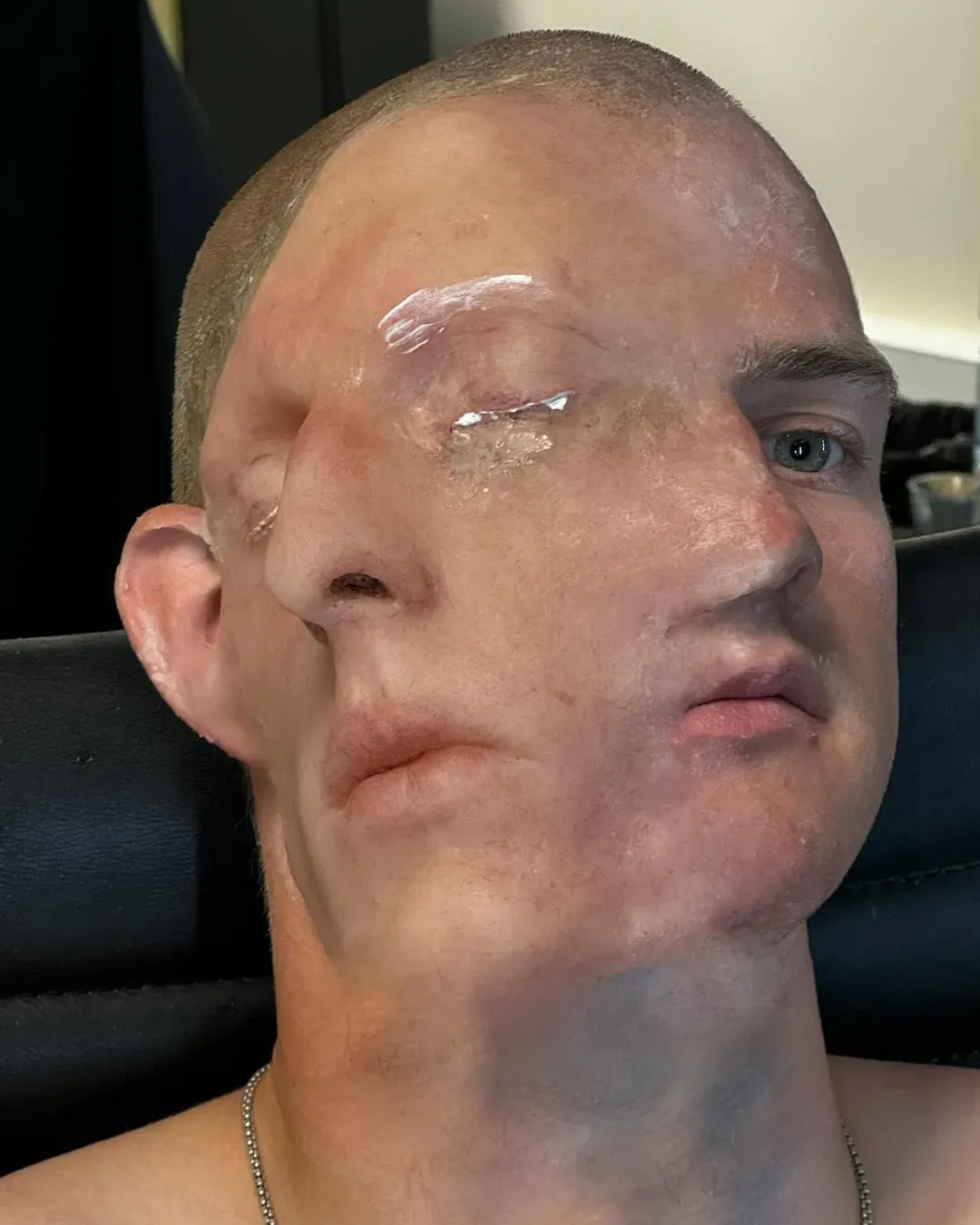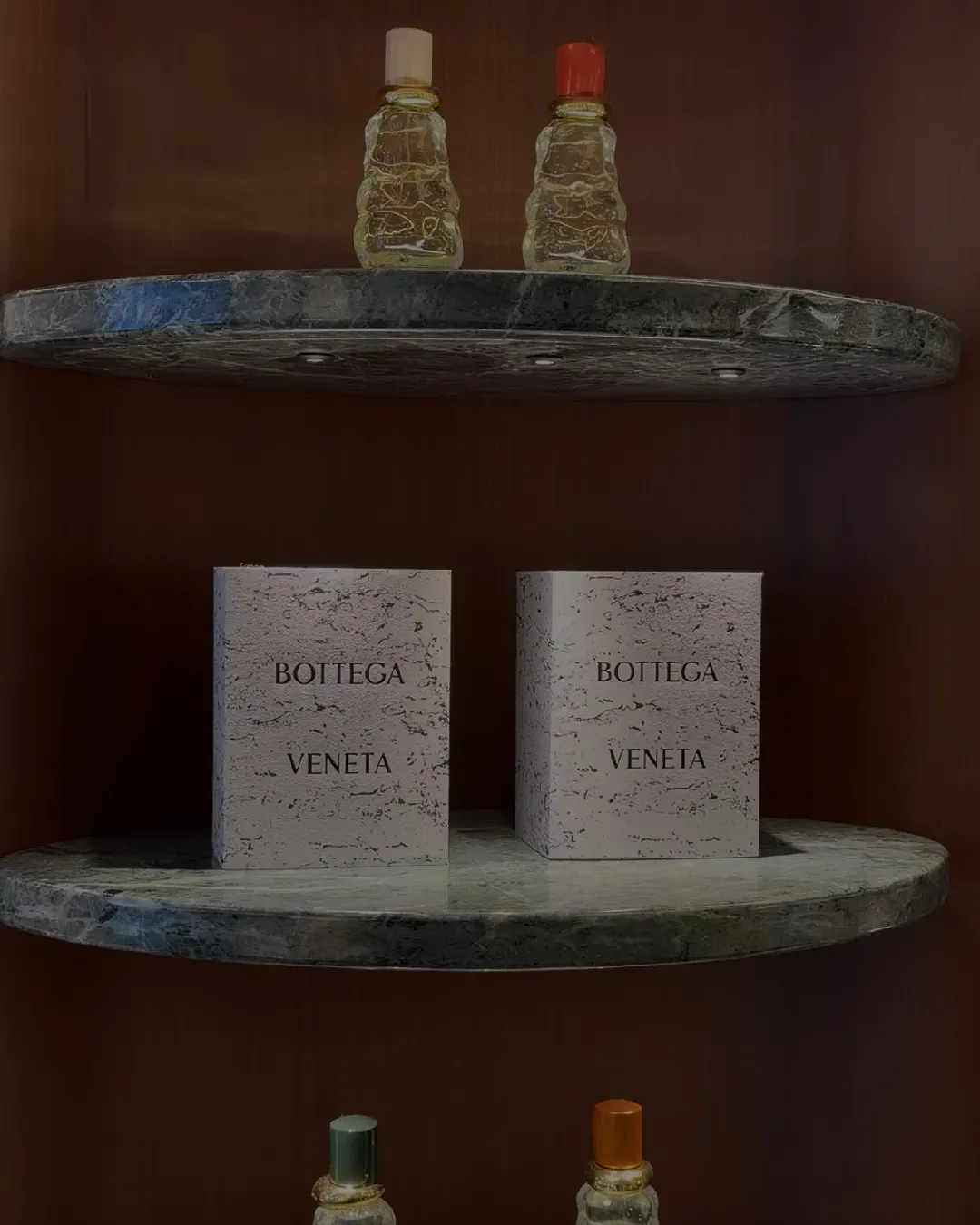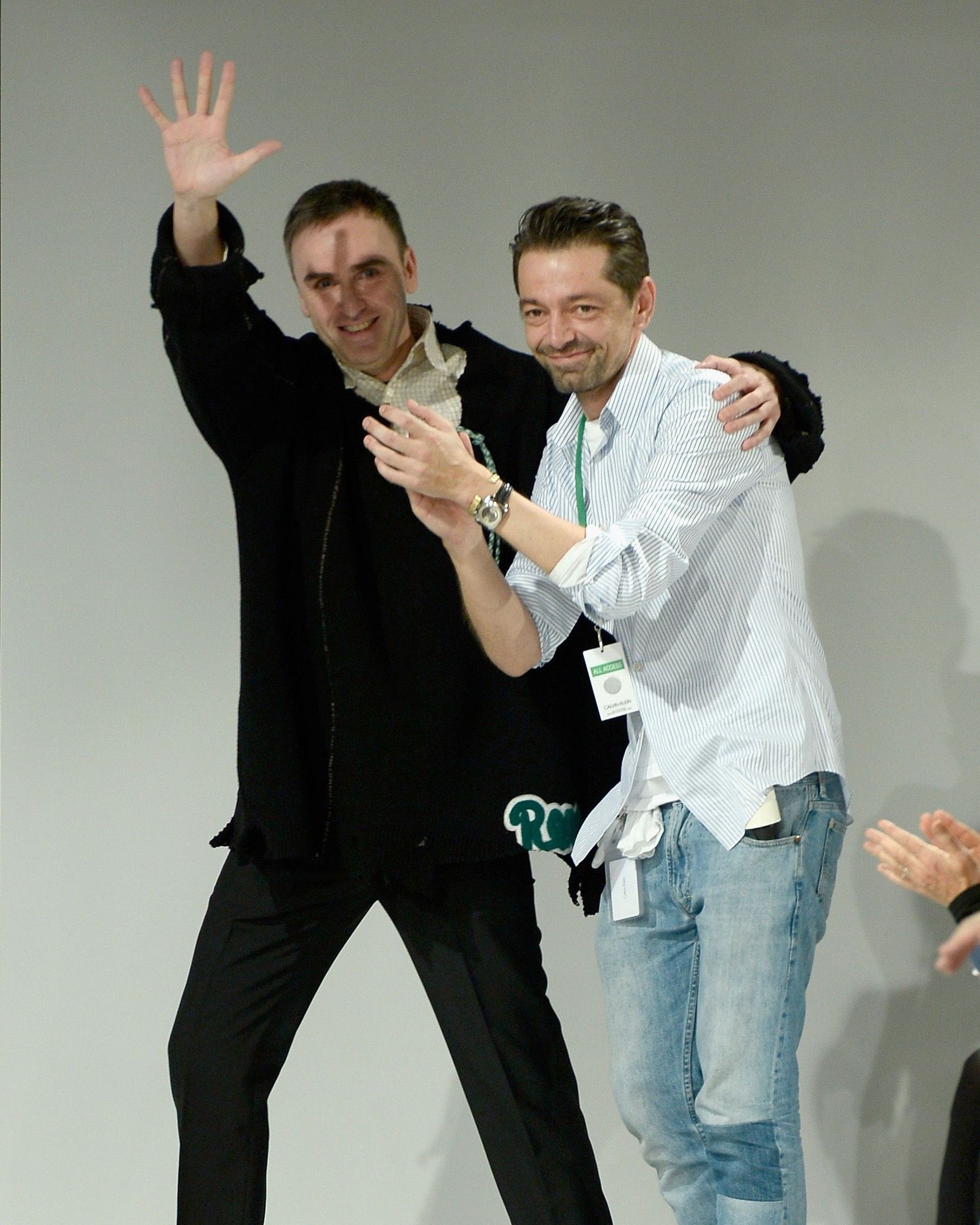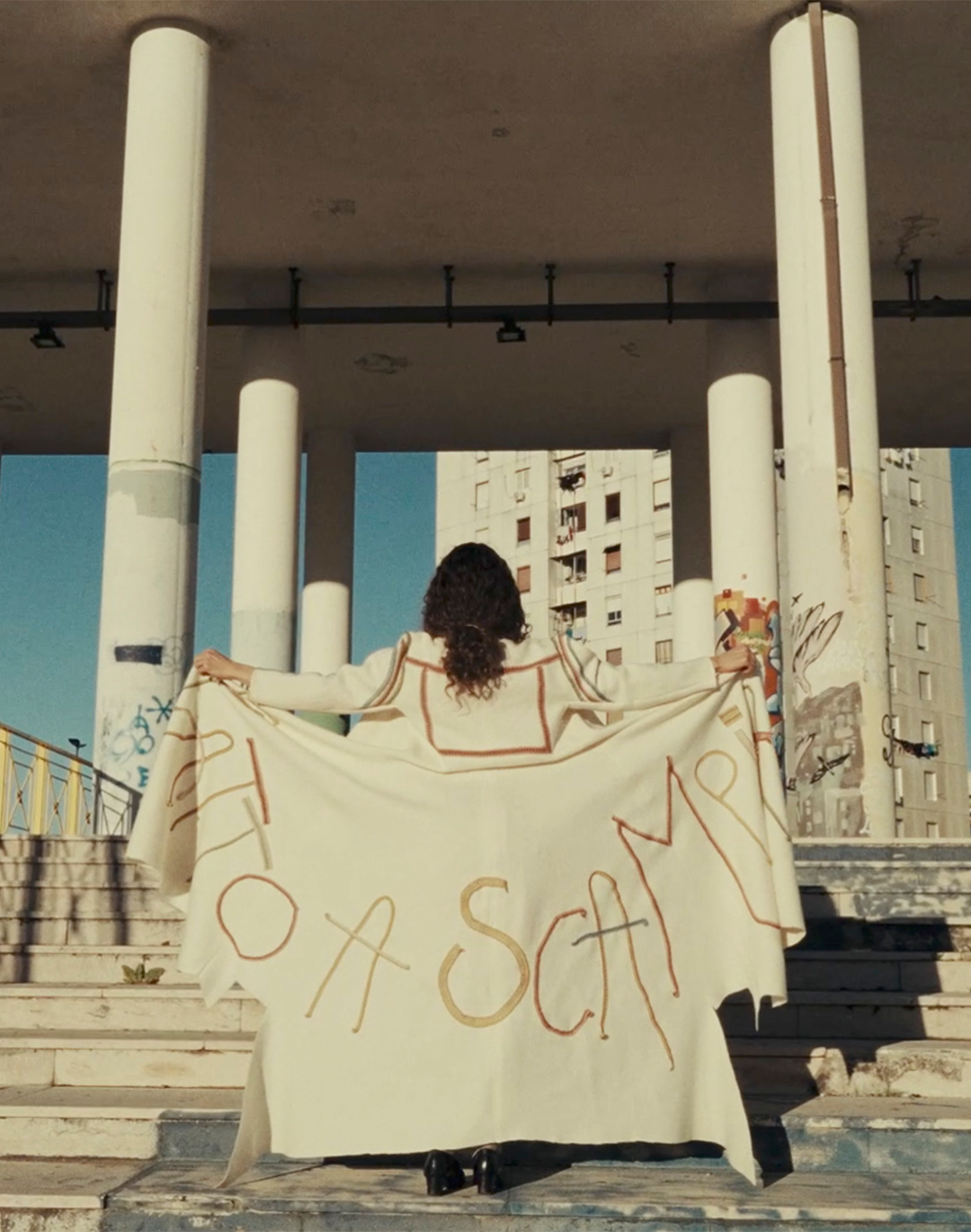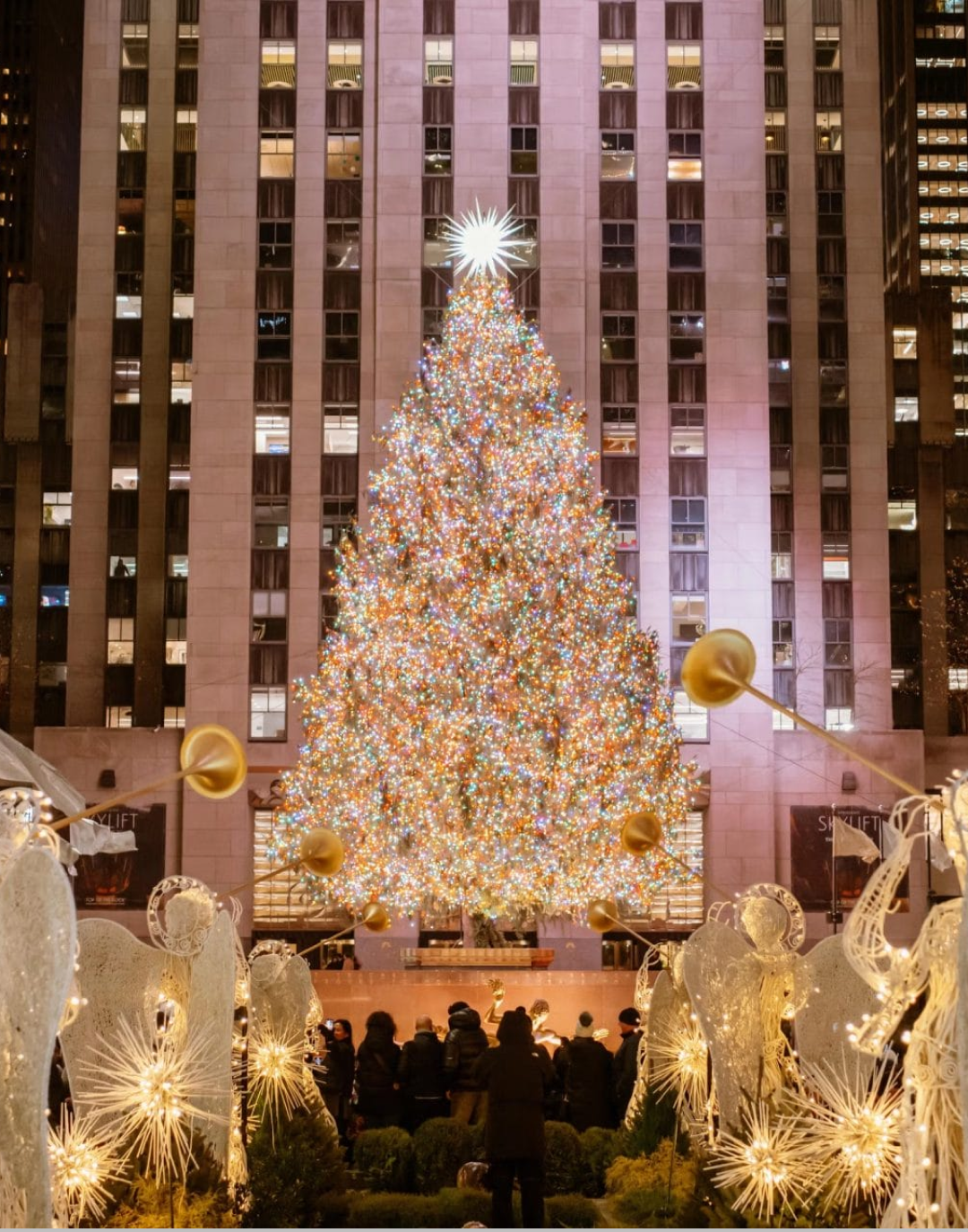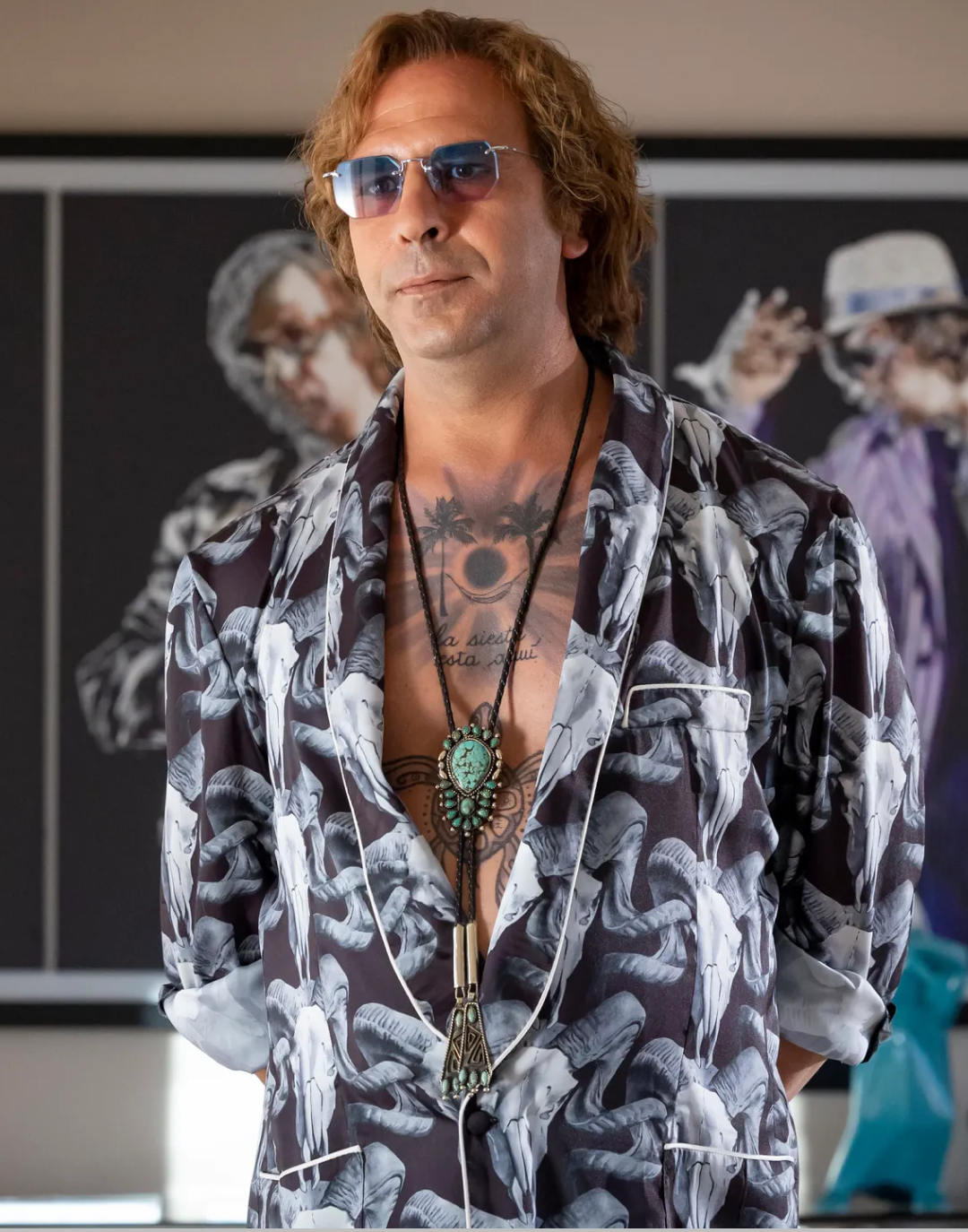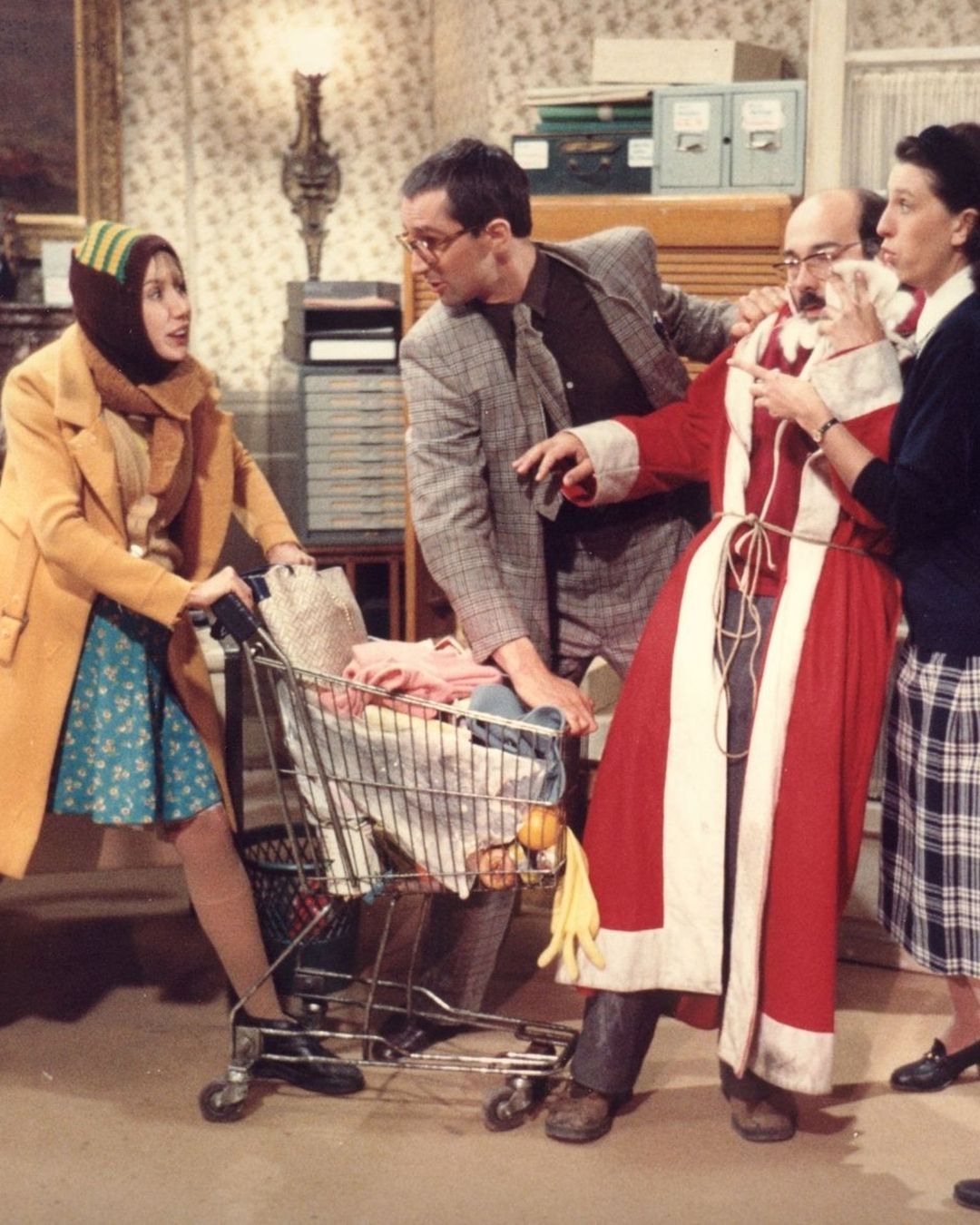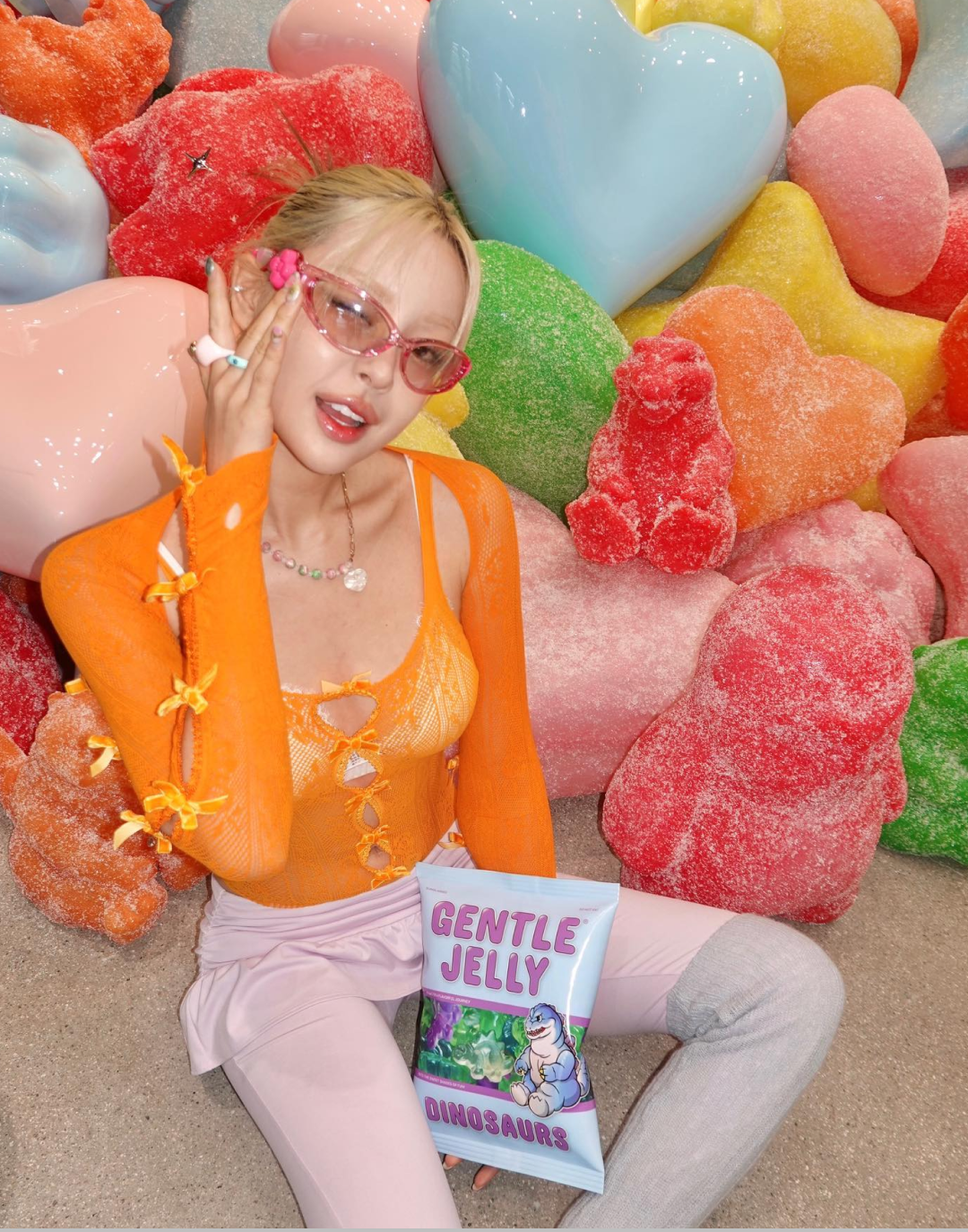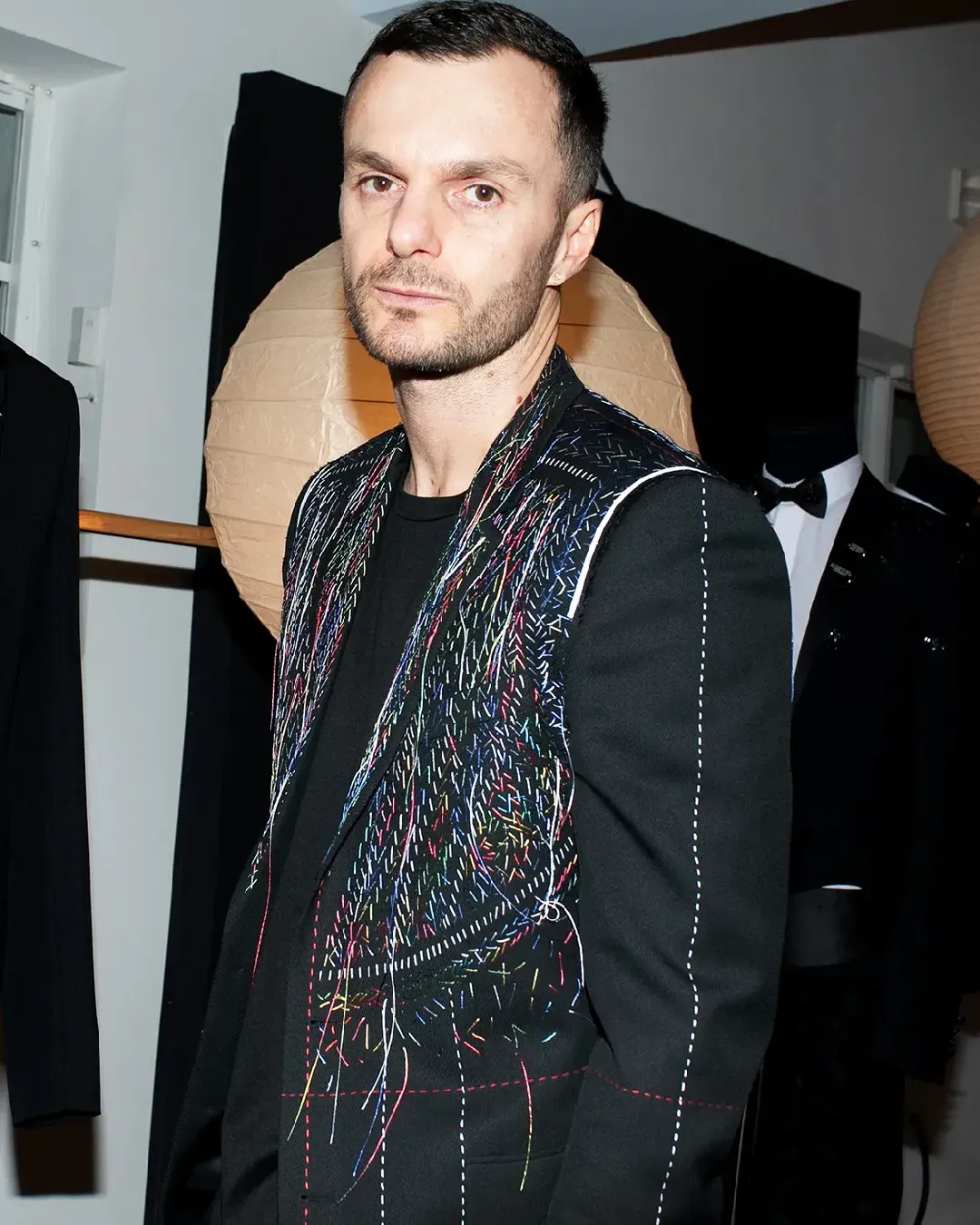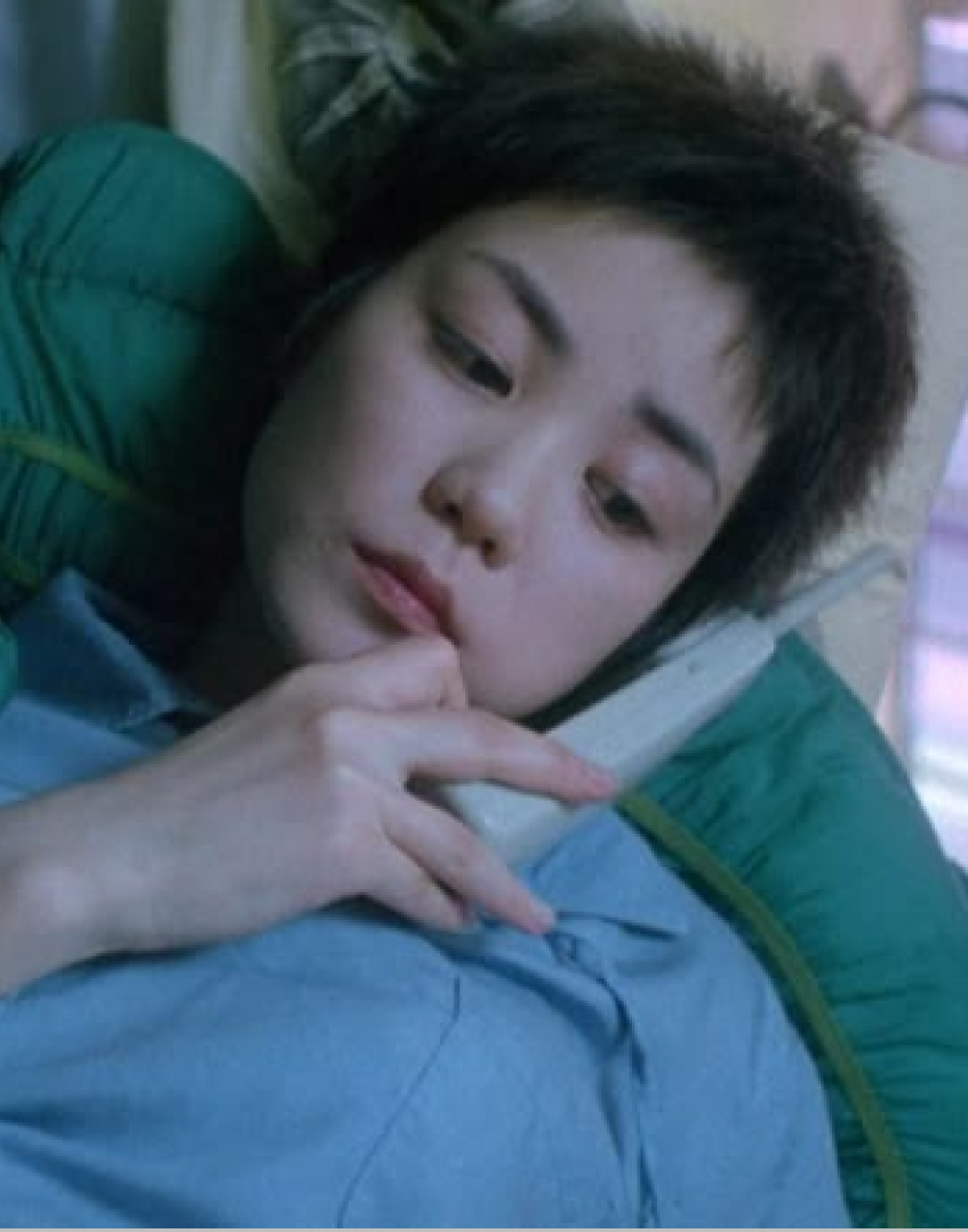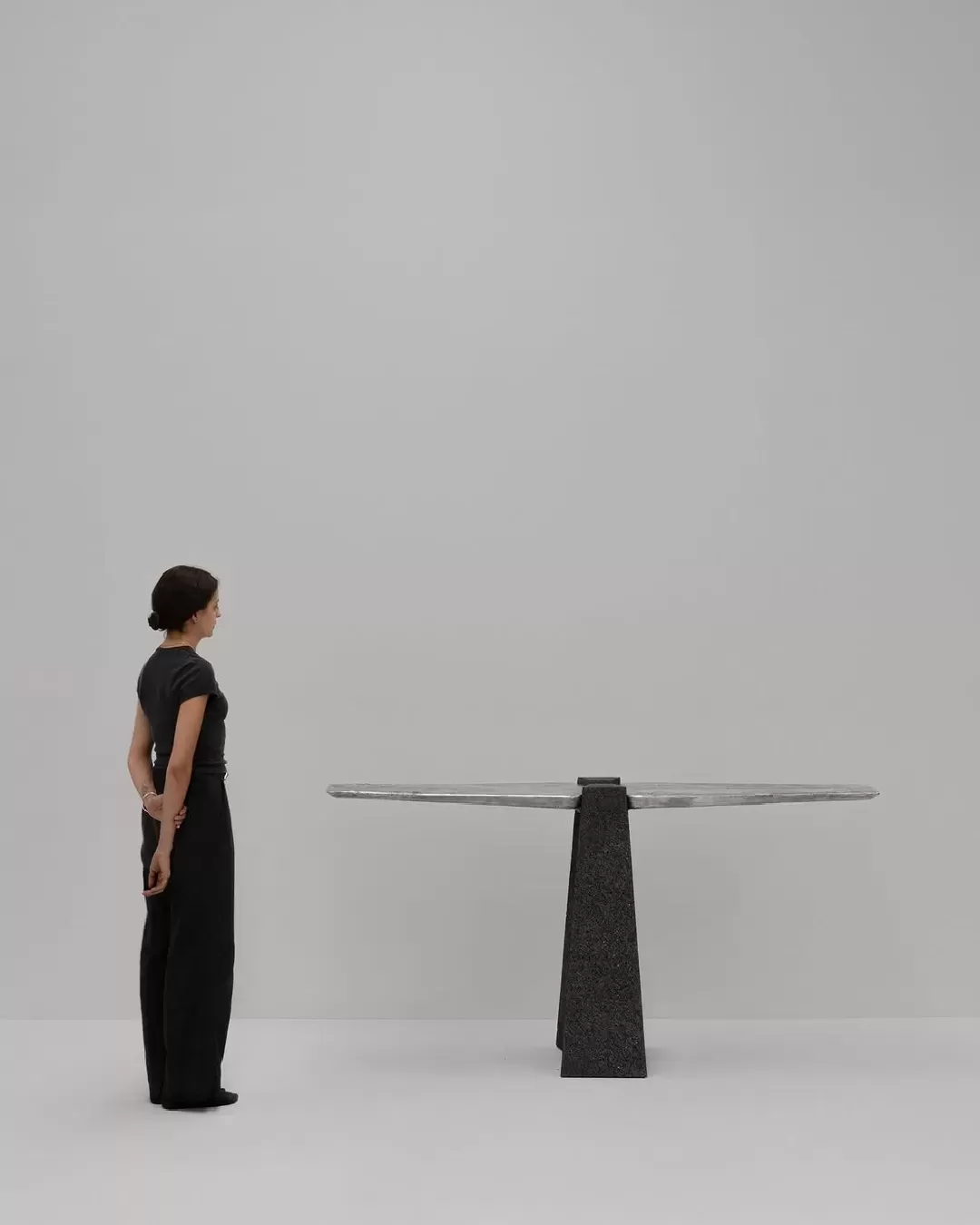
6 interior designers to watch out for Studios and creatives who are transforming the industry
Contemporary design is undergoing a profound transformation. No longer just form or function, it has become visual storytelling, digital performance, and social conversation. Emerging brands and designers no longer just produce objects, but build imaginaries—authentic and coherent visual universes designed to be shared. In 2025, with Instagram surpassing 2 billion active users, furniture-related content not only offers inspiration but helps to define collective aesthetic identity. Hashtags like #modernhome, with over 5.7 million posts, confirm that interior design has become a mass and trending phenomenon. In this ecosystem, the new language of design is hybrid and socially driven: products become content, content becomes storytelling, and every collection is conceived to be photographed, shared, and consumed online. We have entered the era of design-as-narrative, where every furnishing element is conceived not just to inhabit a physical space, but to live and perform within digital feeds. In this scenario, the success of a project is measured as much by its artisanal quality as by its online performance. In the design world, Instagram reels outperform static posts with 1.36x greater media reach, and carousels generate significantly higher engagement than single shots. 87% of digital interactions now happen through video content: this means that design must tell stories, evoke emotion, and trigger reactions. Design is no longer silent. It is a voice, a visual rhythm, a constant narrative that takes shape between art, architecture, fashion, and social platforms.
Here are six studios and interior designers gaining recognition not only for the aesthetic quality of their work but for their ability to fully embody this new form of language.
Odd Matter
Founded by Els Woldhek and Georgi Manassiev between Amsterdam and Rotterdam, Odd Matter operates at the intersection of material experimentation and philosophical research. Their objects seem to come from another time, with vases, seats, and tables oscillating between the primitive and the post-digital. The series Guise, created with a proprietary technique that simulates geological layering, has been exhibited in fairs and galleries worldwide. Odd Matter rejects all minimal or conventional language, favoring a narrative and visceral design that turns matter into story. Aesthetics are never a goal, but a result. Their images are popular on Instagram, especially among profiles that curate experimental design moodboards. The feed is saturated with textures, hybrid forms, and a palette evoking earth and skin.
Objects of Common Interest
The Greek duo Eleni Petaloti and Leonidas Trampoukis work between Athens and New York, building a visual universe that blurs the line between art and design. Objects of Common Interest combines installation, furniture, and spatial research to create curved, translucent, and sensual forms. Each piece, from opaline plexiglass tables to monolithic seats, is conceived as an autonomous and photographic element, capable of existing on its own in an Instagram feed or in a gallery. The project rejects the idea of function as a constraint and celebrates the pure pleasure of the three-dimensional image. The hashtag #objectsofcommoninterest counts tens of thousands of posts, and their collections are saved by art directors and stylists worldwide. Each new release is a small visual event.
Wonmin Park
A Korean designer based in Paris, Wonmin Park has built his poetic vision around resin. The series Haze, in particular, has defined his visual language: ethereal geometries, matte surfaces, pastel palettes. Each object appears to be sculpted from light, suspended between presence and absence. His creations sit between sculpture and furniture and are now exhibited in public and private collections. Wonmin Park is one of the few contemporary designers capable of transforming an industrial material into an emotional medium. His content is popular in reels and galleries portraying rarefied, almost spiritual design. His profile is a consistent visual narrative, from light to color.
Kouros Maghsoudi
A New Yorker of Iranian origin, Kouros Maghsoudi brings both the weight of diasporic culture and the lightness of postmodern provocation into design. His Hug Chair, a soft and ironic embrace, is already iconic. The Mehmooni collection, which evokes 1970s Persian parties, went viral thanks to a mix of storytelling, cultural references, and pop palettes. Maghsoudi creates objects that are more than just seats or furniture: they are cultural acts, aesthetic statements crossing identity, irony, and heritage. His images, often paired with ironic and provocative captions, are perfect for Instagram carousels and attract attention from communities spanning fashion to social design.
Further Ther
Based in Lisbon, Further Ther works at the threshold between design and craftsmanship. Founders Natasza Grzeskiewicz and Tomás Fernandes believe in a curatorial approach to production: each collection is conceived as a narrative, with a strong link to geographic and cultural context. Their objects, from chairs to plates, are made in limited editions and often result from collaborations with local artists or artisans. Here, design is a slow, sensitive, anti-industrial process—perfectly aligned with designers’ quest for an authentic sense of the present. Their visual communication is minimal but powerful: every shot tells a story, every project is a micro-narrative.
EWE Studio
Born in Mexico City from the collaboration between architect Héctor Esrawe, curator Age Salajõe, and designer Manu Bãño, EWE Studio represents the contemporary soul of Mexican craftsmanship. Their works, made from volcanic stone, brass, and charred wood, reinterpret pre-Columbian codes in a sculptural key. The goal is not just to create objects, but to preserve and renew traditional practices through a contemporary formal language. Each piece is meant to endure, to exist as much in a home as in a gallery. A bridge between past and future, root and vision. The studio’s social content blends process, materials, and cinematic moods into a textbook case of identity-driven storytelling.






